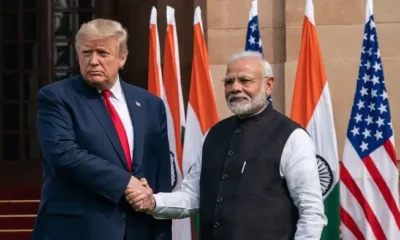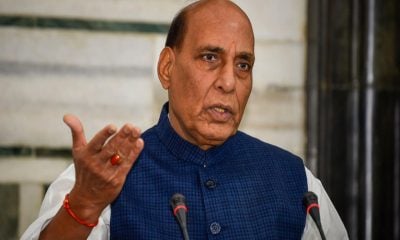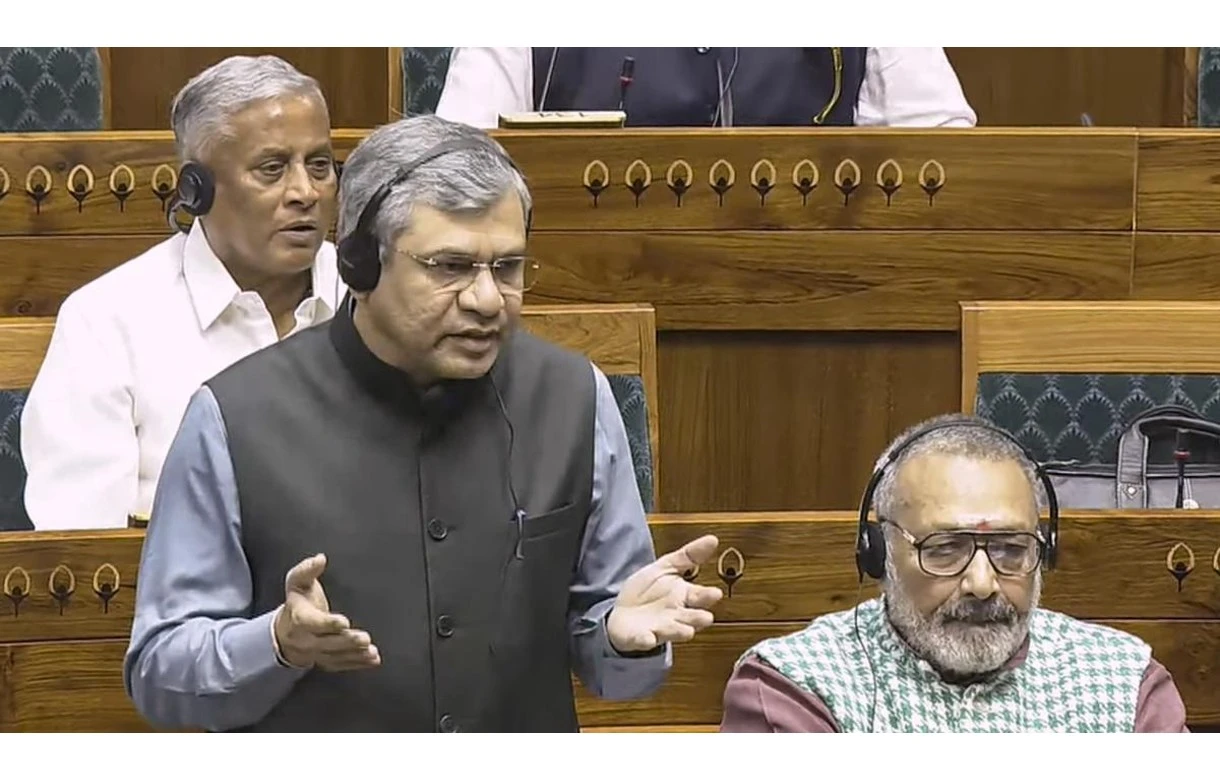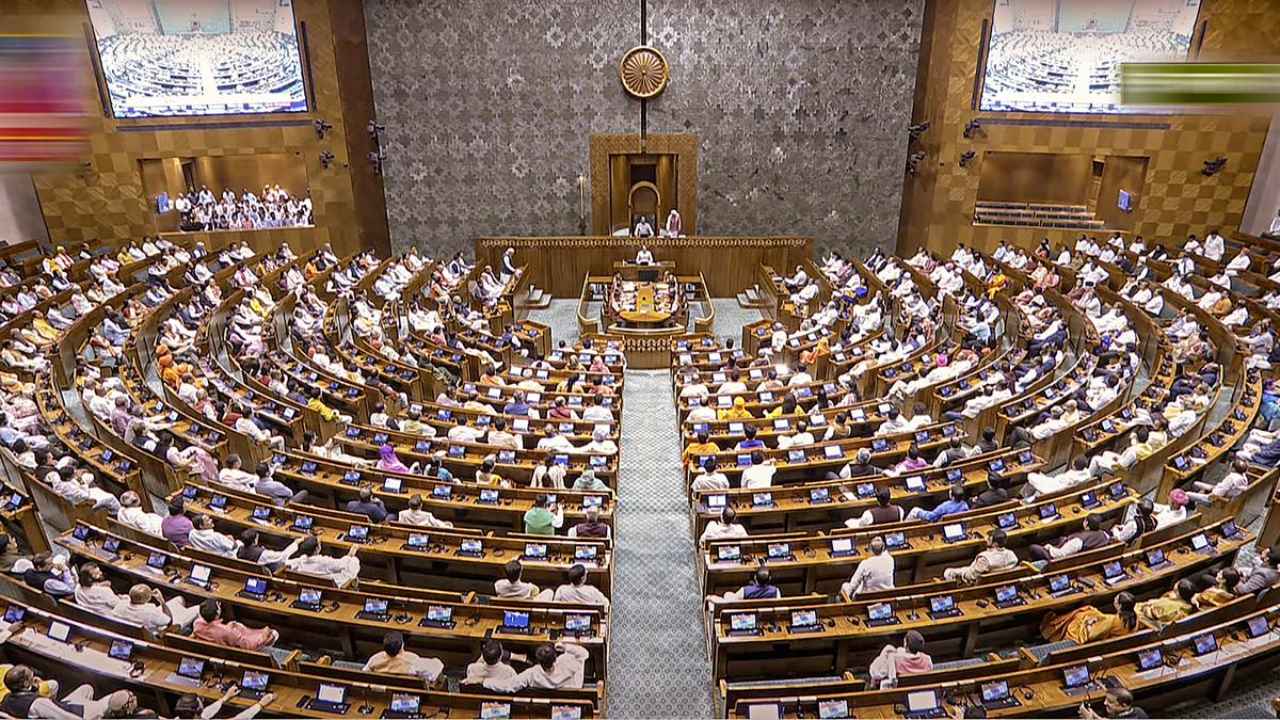India News
Hafiz Saeed files petition at UN for delisting from terror list

India News
Passengers must pay charges for excess luggage on trains, says railway minister
Passengers travelling by train will need to pay extra charges if their luggage exceeds the prescribed free allowance, the railway minister informed Parliament.
India News
Lok Sabha passes SHANTI Bill, opens civil nuclear sector to private participation
The Lok Sabha has passed the SHANTI Bill, paving the way for private participation in India’s civil nuclear sector and supporting the target of 100 GW atomic energy by 2047.
India News
Bharat Taxi to launch in Delhi on January 1 as cooperative alternative to app-based cabs
Bharat Taxi, a government-backed cooperative cab service, will be launched in Delhi on January 1 as an alternative to app-based taxi platforms.
-

 India News14 hours ago
India News14 hours agoBJP minister claims rift between Rahul and Priyanka Gandhi over Parliament speeches
-
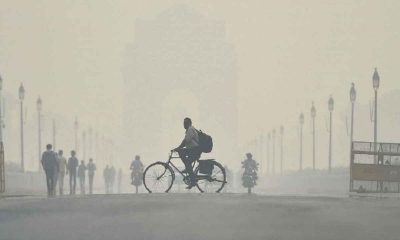
 India News17 hours ago
India News17 hours agoGRAP IV enforced in Delhi amid severe pollution: What remains open and what shuts down
-

 India News12 hours ago
India News12 hours agoBharat Taxi to launch in Delhi on January 1 as cooperative alternative to app-based cabs
-
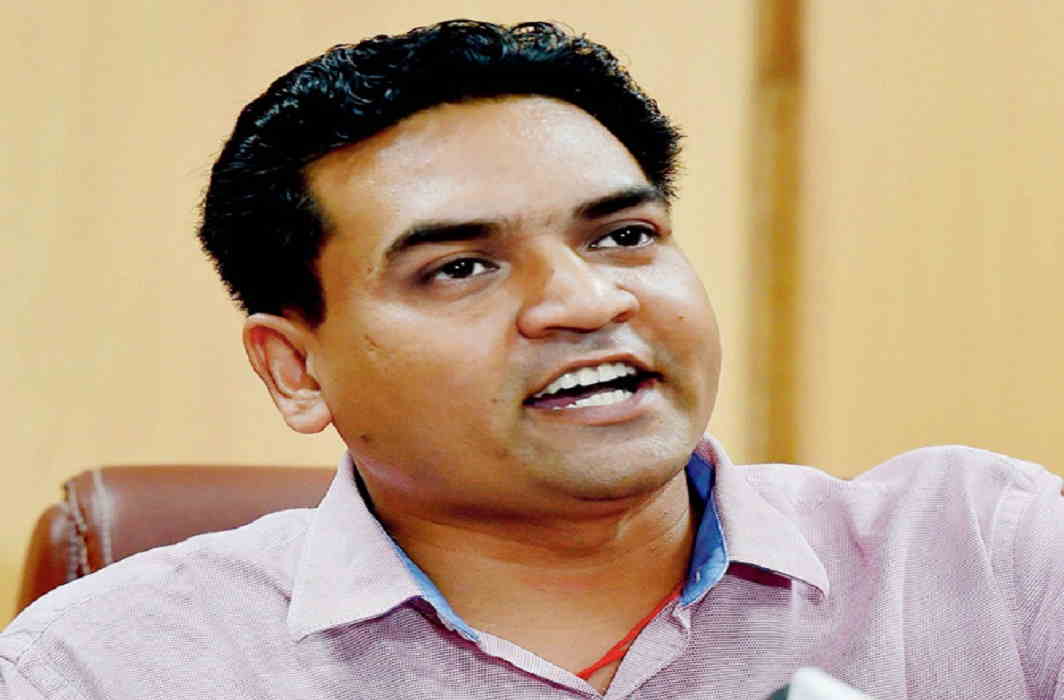
 India News12 hours ago
India News12 hours agoDelhi orders 50% work from home as pollution emergency deepens
-
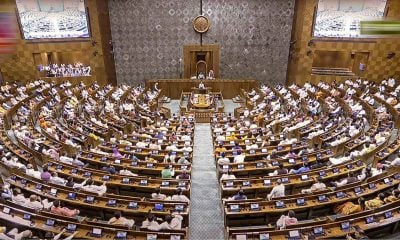
 India News7 hours ago
India News7 hours agoLok Sabha passes SHANTI Bill, opens civil nuclear sector to private participation
-

 Latest world news17 hours ago
Latest world news17 hours agoTrump administration expands US travel ban to 20 more countries, Palestinians also affected
-
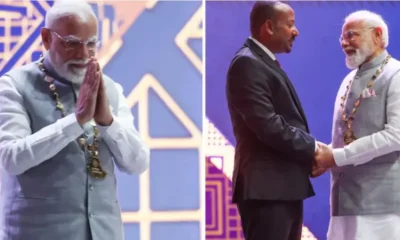
 Latest world news17 hours ago
Latest world news17 hours agoPM Modi receives Ethiopia’s highest civilian honour, first world leader to get award
-
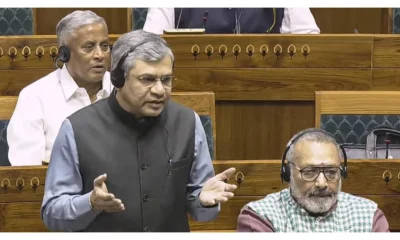
 India News7 hours ago
India News7 hours agoPassengers must pay charges for excess luggage on trains, says railway minister





